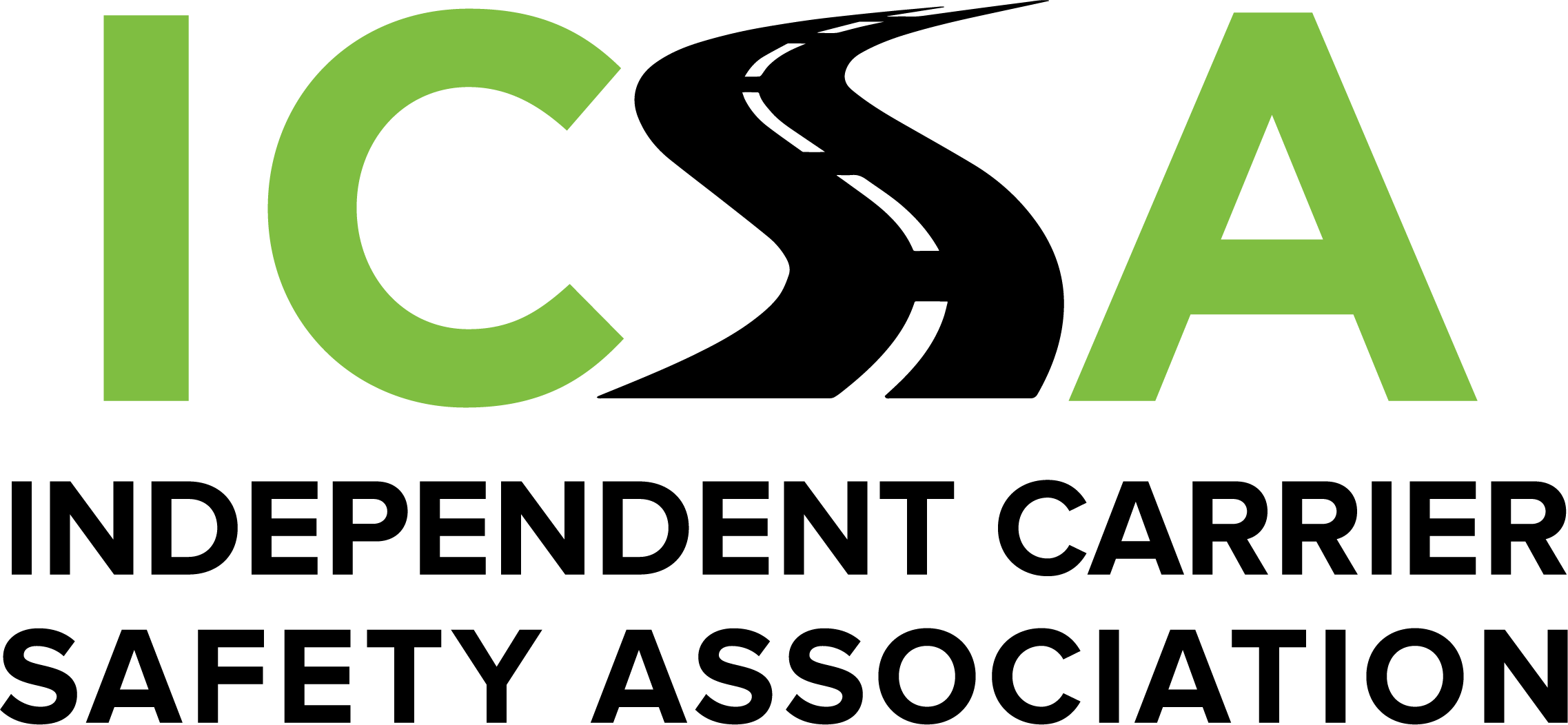The Federal Motor Carrier Safety Administration (FMCSA) recently granted a petition from the Commercial Vehicle Safety Alliance (CVSA) to examine whether a Unique Identification Device (also known as a Universal Identification Device or UID) should be installed on every interstate commercial motor vehicle. A UID is an electronic device capable of communicating a vehicle identifier unique to each commercial motor vehicle. Roadside enforcement could query a UID to identify a specific truck and, potentially, the trailer.
With UIDs in place, roadside enforcement could potentially learn more than the identity of your vehicle(s). The UID might also transmit readings from sensors on the vehicle, facilitating something CVSA calls “wireless roadside inspections.” Where the sensors indicate that vehicle problems exist, law enforcement would pull the truck over for a thorough inspection. What is unknown at this point is the full extent of the information and data a UID might transmit. What we do know is that CVSA has been working for years to implement wireless roadside inspections to supplement the traditional weigh station inspections.
Now FMCSA has taken the next step and published an Advance Notice of Proposed Rulemaking (ANPRM) seeking public comments on whether it should require UIDs, what information trucks should send to roadside enforcement, and what may be the costs and benefits of such a system. An ANPRM is a published notice in the Federal Register used by an agency to test out a proposal or solicit ideas before it drafts its actual rulemaking proposal. (Note that comments on the ANPRM are due by November 22, 2022.)
The ANPRM suggests that the carrier name, contact information, vehicle identification number (VIN), license plate number, USDOT number, and gross vehicle weight rating would be read by roadside enforcement to identify the truck. But what about driver identity and credentials? That information might reside on some on-board data systems. That information, of course, is examined during a standard inspection.
More pointedly, would a UID potentially transmit electronic logging device (ELD) information? Again, ELDs are looked at during a normal inspection. But what about the routes a truck may have traveled or what appears to be a speeding violation thirty miles before the UID was read? Truck routing is often regarded as proprietary, while traffic violations are typically enforceable only when actually observed (that’s why speed cameras exist).
Much of this is conjecture, to be debated and discussed when a UID rulemaking is announced. What is not conjecture is that there are a substantial number of fleets and trucks which already voluntarily announce their identity, using apps and transponders, as part of an electronic weigh station bypass program. Of course, there is a quid for their quo – they bypass most inspections. How those programs may be treated is yet another topic for the UID debate.


